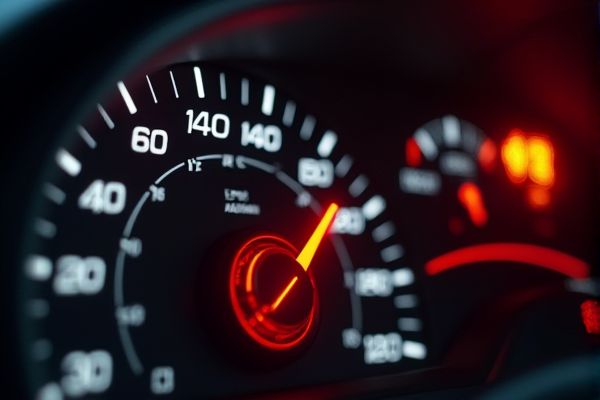
When the check engine light on a Toyota Carina E illuminates, it indicates that the onboard diagnostics have detected issues--ranging from sensor malfunctions to potential emissions and ignition system irregularities--that require immediate attention. This data-driven alert system helps prioritize precise maintenance actions, ensuring that engine performance and safety parameters remain within optimal operating ranges.
Toyota Carina E check engine light on meaning
Loose Gas Cap
Reduces fuel pressure and increases emissions.
Failing Catalytic Converter
Impacts fuel economy and performance.
Fouled Spark Plugs or Spark Plug Wires
Causes misfires and poor performance.
Faulty MAF Sensor (P0100/P0101)
Affects air-fuel mixture and engine performance.
Faulty Intake Air Temperature Sensor (P0110)
Disrupts engine temperature readings.
Faulty Engine Coolant Temperature Sensor (P0115/P0116)
Affects engine temperature control.
Faulty Throttle Position Sensor (P0120/P0121)
Impacts engine performance and throttle response.
Faulty Oxygen Sensor (P0130/P0133/P0153)
Affects air-fuel ratio and emissions.
Fuel Trim Malfunction (P0170)
Indicates incorrect fuel mixture.
Insufficient EGR Flow (P0401)
Causes engine knocking or pinging.
Fuel Pump Relay/ECU Circuit Malfunction (P1200)
Disrupts fuel supply.
Fuel Pump Malfunction (P1228)
Affects fuel delivery to the engine.
Igniter Circuit Malfunction (P1310)
Impacts ignition system functionality.
Crankshaft Position Sensor Circuit Fault (P1335)
Affects engine timing and performance.
For car users
If your Toyota Carina E's check engine light turns on, first ensure that the gas cap is tightly secured and consider using an OBD-II scanner (or a visit to a local auto parts store) to read the error codes for immediate clues. Then, promptly schedule a diagnostic evaluation with a trusted mechanic to identify and address any underlying issues, safeguarding your vehicle's performance and your safety.
Ignoring the check engine light
Ignoring the Toyota Carina E check engine light may allow minor sensor issues or emission control failures to escalate into severe engine or catalytic converter damage, significantly reducing fuel efficiency and eventually leading to costly repairs. Data from on-board diagnostics indicate that neglecting this alert increases the risk of widespread system malfunctions, compromising vehicle performance and overall safety over time.
How to reset?
To reset the Toyota Carina E's check engine light, first diagnose and resolve any underlying issues using an OBD-II scanner to retrieve and clear the fault codes, or alternatively, disconnect the battery's negative terminal for 15-20 minutes to force an ECU reset. Following the reset, perform a complete drive cycle to allow the system to revalidate all sensors and confirm that the resolved issue does not trigger the light again.
When the check engine light illuminates on a Toyota Carina E, data indicates that diagnostic fees typically range from $50 to $100, while common repairs such as oxygen sensor or spark plug replacements can bring the overall cost to an estimated $150-$600, depending on the severity of the fault. Prioritized data emphasizes that accurate diagnostics is crucial, as the repair cost variation--driven by issues from a simple loose gas cap to more complex engine misfires--affects the final expenditure significantly.
Future prevention
Regularly service your Toyota Carina E by replacing worn spark plugs, cleaning the fuel system, and maintaining sensors (especially oxygen sensors) to minimize the risk of engine misfires that trigger the check engine light. Prioritize data-driven diagnostics by scheduling routine OBD scans and addressing issues such as vacuum leaks or faulty wiring early, ensuring a well-tuned engine and preventing costly repairs later.
